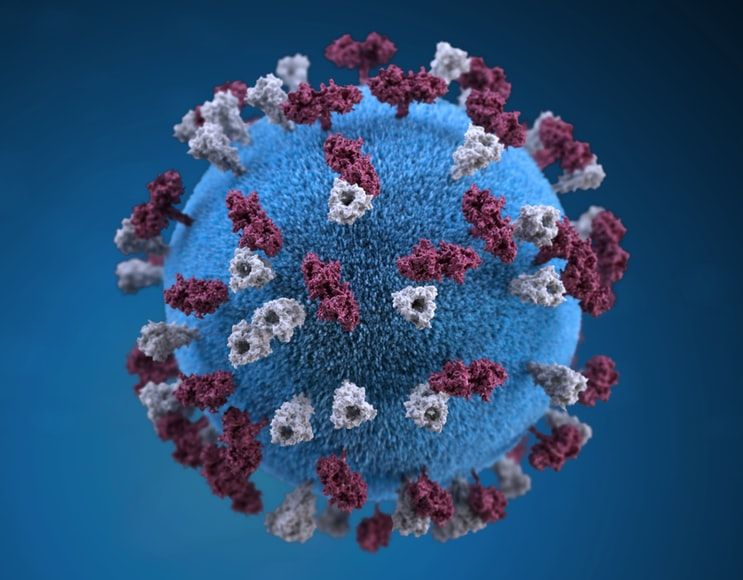As the world struggles to revive from the COVID-19 pandemic and the subsequent waves, there is growing concern about the virus (SARS-CoV-2) mutating.
Time and again, developments on newer, more transmissible variants, with technical and unheard-of names, raise alarm across the world. But experts have warned against jumping to conclusions, and have invariably suggested masking up, getting vaccinated, and physical distancing as the preventative measures – regardless of the dominant variant.
Also Read: Mumbai reports 1st case of black fungus in months: Do we need to worry?
The World Health Organisation (WHO) has officially considered only five variants of concern (VOC). For a variant to be given the label by the top health body, it must meet any of the following conditions:
1. Increase in transmissibility or detrimental change in COVID-19 epidemiology
2. Increase in virulence or change in clinical disease presentation;
3. Decrease in effectiveness of public health and social measures or available diagnostics, vaccines, therapeutics
Also Read: NeoCoV coronavirus: What WHO has to say about the new virus
According to WHO, the five VOCs are Alpha, Beta, Gamma, Delta, and Omicron.
1. Alpha: Lineage B.1.1.7, first detected in the United Kingdom, September 2020
2. Beta: Lineage B.1.351, first detected in South Africa, May 2020
3. Gamma: P.1, first detected in Brazil, November 2020
4. Delta: B.1.617.2, first detected in India, October 2020
5. Omicron: B.1.1.529, first detected in South Africa, November 2021
Regarding omicron, the WHO has said that it has a large number of mutations, some of which are concerning. Preliminary evidence suggests an increased risk of reinfection with this variant, as compared to other VOCs.
Also Read: ‘Stealth omicron’ & COVID: Has the BA.2 sublineage been reported in India?
While news about its sublineage BA.2, also termed ‘stealth omicron’ by some, has caused worry with cases around the world – the WHO is still investigating it.
It must be noted that all viruses mutate over time. But only a few changes affect its properties in a way that changes their transmissibility or severity. Until further research and investigation is done, experts advise against panicking. The basic precautionary measures would continue to be the same, even with worrying developments in the virus’ structure.







